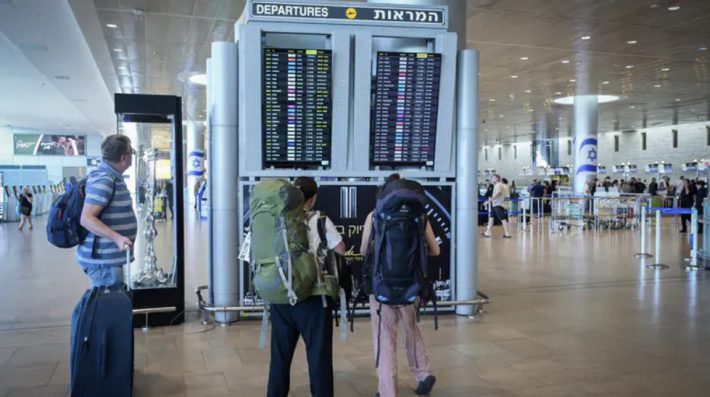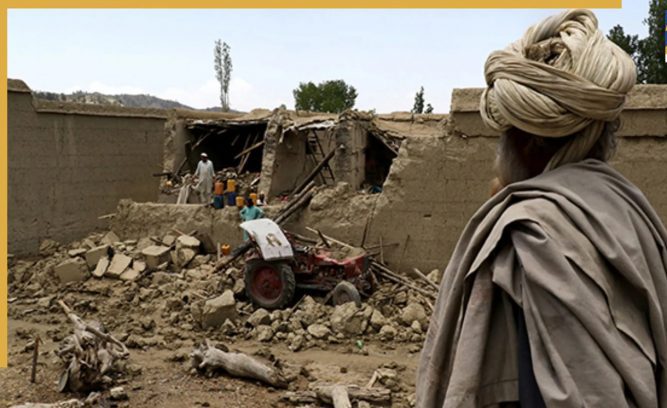Amid a historic government shutdown, the FAA slashes flight operations by 10% across 40 key U.S. airports to avert catastrophe.
America’s skies are bracing for turbulence — not from weather, but from Washington’s paralysis. The Federal Aviation Administration (FAA) has announced a 10% reduction in air traffic across 40 of the nation’s busiest airports, effective Friday, marking the most sweeping operational cut in U.S. aviation since 9/11.
FAA Administrator Bryan Bedford declared the move “proactive, not reactive,” warning that the ongoing government shutdown has pushed the aviation system to its limits. With air traffic controllers working unpaid and morale plunging, the FAA’s once-vaunted safety record now teeters on the edge.
“This is about maintaining the safest airspace in the world,” Bedford said, citing “growing staffing pressures” that could spiral into chaos if left unchecked.
Transportation Secretary Sean Duffy echoed the alarm, saying the reduction is necessary “to prevent a breakdown before it begins.” He refused to name the affected cities until airline consultations conclude, though a full list leaked hours later revealed the scope of the disruption.
Among the impacted hubs: New York’s JFK and LaGuardia, Los Angeles International, Chicago O’Hare, Atlanta Hartsfield-Jackson, Miami, Houston, Phoenix, and San Francisco. Together, they represent over 70% of daily passenger volume in the U.S.
Already, 2,900 flights were delayed on Tuesday due to staffing shortages, with ripple effects felt in Denver, Detroit, and Phoenix. The FAA’s internal tracking system — the so-called “Misery Map” — glowed red from coast to coast.
Air traffic controllers, represented by the National Air Traffic Controllers Association, have sounded the alarm for weeks. Most have been forced into six-day overtime shifts while going unpaid, many unable to meet rent or mortgage obligations. The union warns that fatigue and financial stress could become a “safety hazard as severe as weather or mechanical failure.”
Duffy issued a chilling forecast: “If this shutdown continues past next week, when controllers miss their next paycheck, we could see chaos in the skies.”
The FAA’s decision — a rare admission of systemic fragility — underscores a hard truth: America’s aviation backbone is only as strong as the people guiding its planes. And when those people stop showing up, the entire system begins to unravel.
As the shutdown stretches into record-breaking territory, the nation’s airports, airlines, and passengers face an unprecedented test of endurance.
For now, the FAA insists it’s holding the line — but the skies are getting darker by the day.





